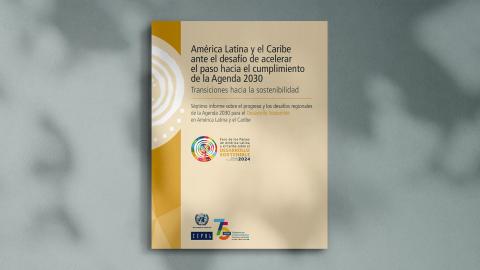Comunicado de prensa
The course is designed in 5 sections reflecting the forecasting methods presented over 5 days:
- Introductory issues and basic skills
- Qualitative forecasting and judgement forecasting, which are mainly ad hoc and based on expert-opinion.
- Introduction to Stata
- Weighted moving average methods. These include exponential smoothing and Holt-Winters methods, which essentially fit a suitable curve to historical time series.
- Autoregressive integrated moving average forecasting (ARIMA) methods, which allow a variable to be explained by past values of itself independent of any theory but based on their stochastic properties.
- Vector autoregressive forecasting models. These address the case of several endogenous variables explained jointly by each other’s past histories in the light of their stochastic properties. A special case is the vector error correction forecasting model designed for nonstationary variables.
-
- Single equation regression forecasting, which is motivated by economic theory in which some dependent variable is explained by one or more independent variables. Topics are geared specifically to time series forecasting.
- Simultaneous equation regression models, such as are used for GDP and related forecasting, in which several interdependent endogenous variables are explained by a set of predetermined variables.
- Special topics in budget forecasting, including micro-simulation models.
References
- The Course Manual: Annex 3A – Revenue and Expenditure Forecasting for a PER.
- Becketti, Sean (2013). Introduction to Time Series Using Stata. College Station, Texas: Stata Press.
- The Stata Time Series Reference Manual [TS] Time Series, Release 14.

